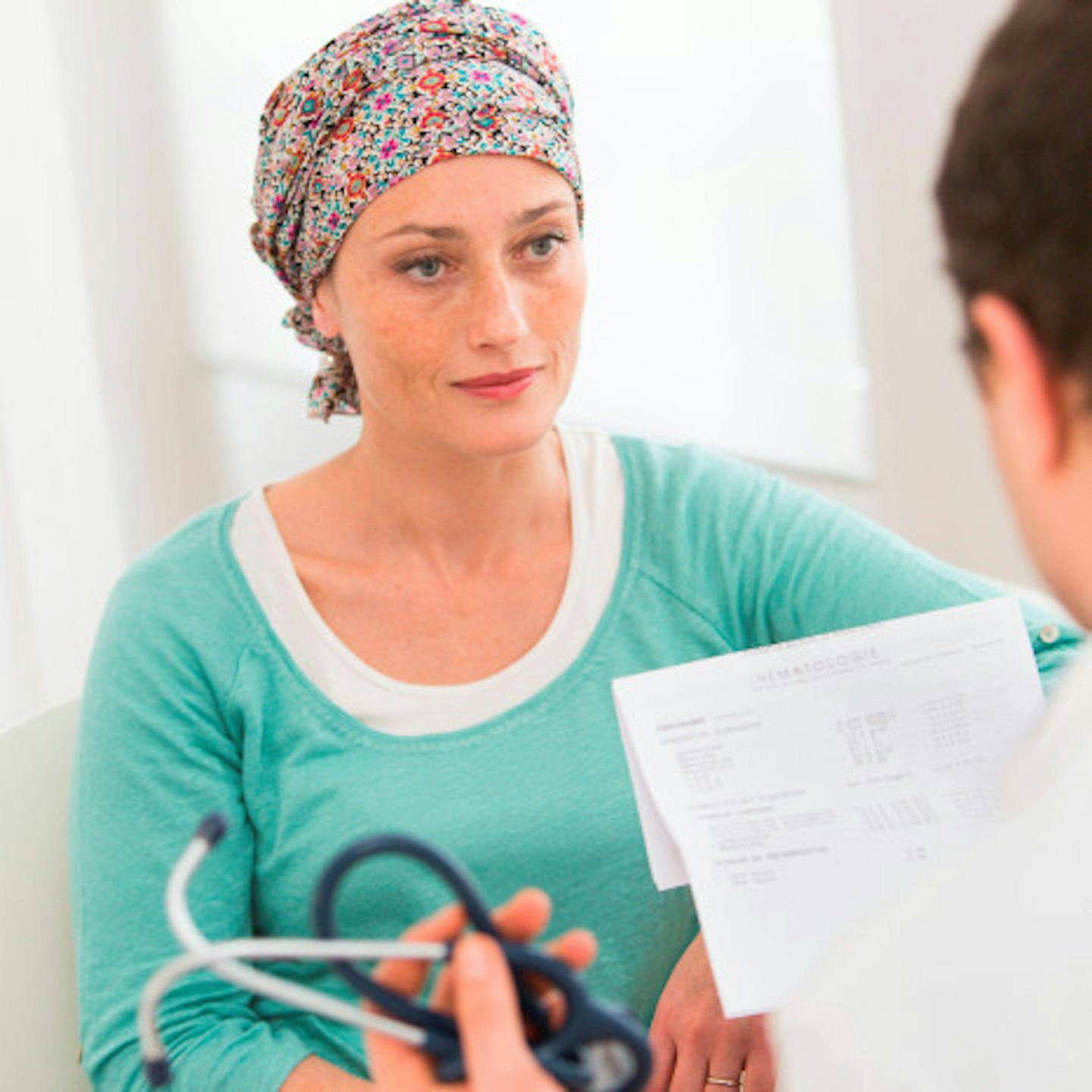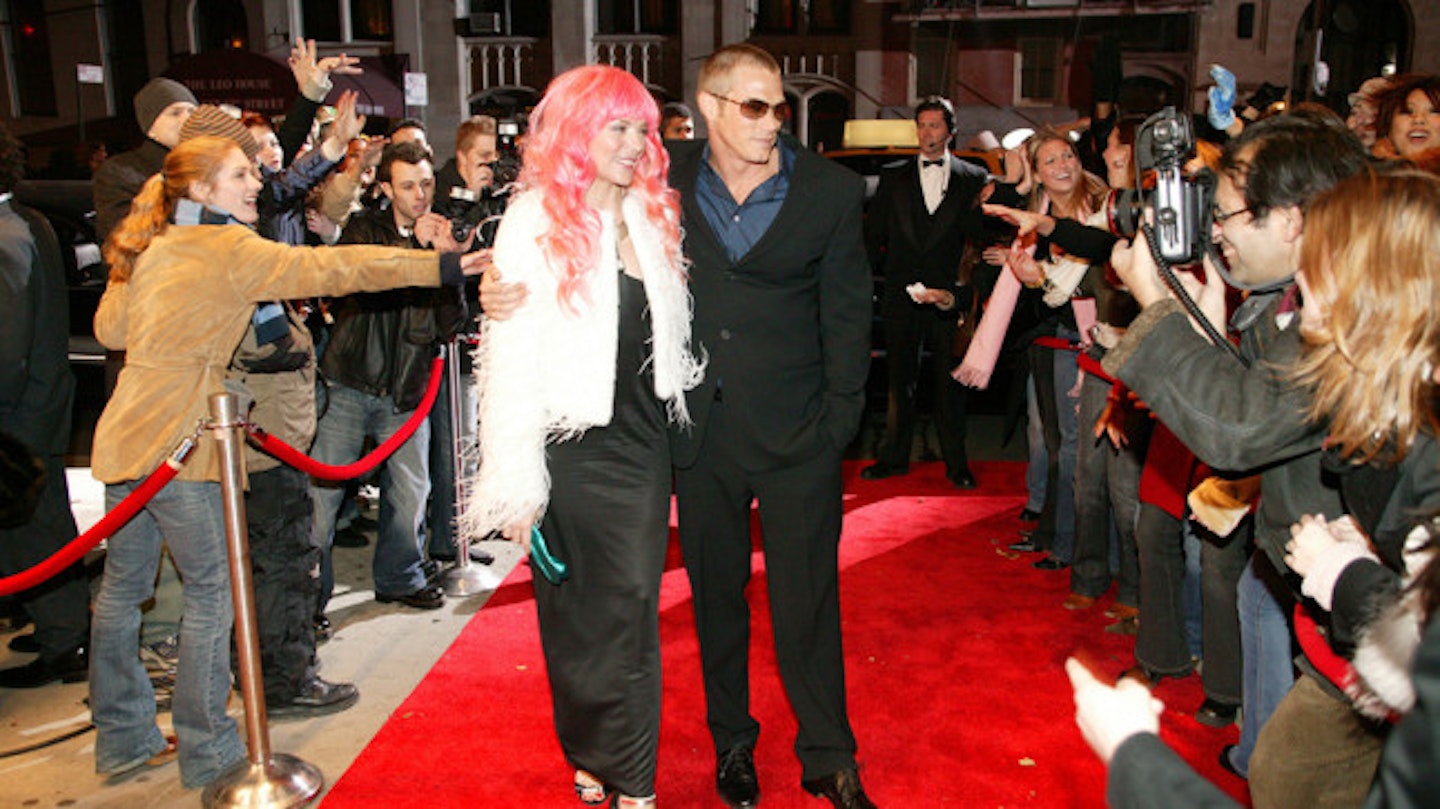When you’re battling a life-threatening illness, you may think that hair loss would be the last thing on a cancer patient’s mind. But worrying about hair loss during chemotherapy isn’t a sign of vanity; it’s a reminder that your life has changed - and it may trigger deep feelings of fear and vulnerability in some.
Here (with a little help from Chemo For Beginners, About Health, Chemo Chicks, Cancer Research UK, and the NHS) we have answered some of your most commonly asked questions about chemotherapy and hair loss - including how best to handle it, and how to encourage regrowth.
Why do we lose our hair during chemotherapy?
Chemotherapy drugs are used to attack fast-growing cancer cells - but, unfortunately, they also attack other cells in your body - including those in your hair roots.
This can lead to hair loss all over your body, not just on your scalp; this could mean that you end up losing your eyelashes, eyebrows, armpit hair, pubic hair, and other body hair, as well as the hair on your head.
It’s best to talk to your doctor or nurse about the medication you'll be taking. Your doctor or nurse can tell you whether to expect mere thinning, or total baldness.
When will I start losing my hair after chemotherapy?
Hair usually begins falling out two to four weeks after you start treatment.
At this point, your hair may fall out slowly or in clumps; some people have said that they noticed loose hair on their pillow, or in their hairbrush, or in their shower drain.
Hair loss will continue throughout your treatment and up to a few weeks afterwards.
Is there any way to protect my hair before I lose it?
There is no guaranteed way to protect yourself from hair loss during chemotherapy treatment; however it is worth going easy on your locks:
-
Steer clear of shampoos that contain strong fragrances, alcohol, or salicylic acid.
-
Don’t colour, perm, or chemically straighten your hair.
-
Avoid using rollers, curling irons, or straightening irons.
-
Ditch your hairdryer and let your hair dry naturally
-
Use a soft-bristle brush.
-
Wear a cotton stretch cap or soft turban at night, to slow down stress to your hair and to catch any loose strands.
-
Try a shorter hairstyle. It can make your hair look fuller, not to mention is easier to manage underneath wigs. And, perhaps most importantly, it can help you and your loved ones to get used to seeing yourself with less hair.

Should I shave my head?
It is up to you whether you want to shave your head or not. Shaving can reduce any irritation you may be feeling during your hair loss (some people feel itchy or sensitive during chemotherapy) and it can reduce the embarrassment of shedding.
However, if you do decide that this is what you want to do, be sure to get it done professionally or at a hairdressers.
NEVER use a plastic razor on your head; it can cut and damage the skin on your scalp.
How do I care for my skin when I’m bald?
It is best to stick to very mild soaps and shampoos, ideally without any perfume or alcohol in, to stop your skin from getting too dry. And always use a facial moisturiser with an SPF, to protect yourself from harmful UV rays.
Should I cover my head if I lose my hair?
It is completely up to you whether you cover your head or not after losing your hair; some people opt for wigs, others opt for headscarves or turbans, and others prefer to rock the bald look. If you opt for the latter, however, be sure to use suncream on your scalp to protect it from sunburn - and be sure to wrap up warm with a hat in cold weather.
How should I tie my headscarf?
There are many ways to tie a headscarf - but they can be quite fiddly when you first start playing with yours.
Breast cancer survivor Kelley Tuthill created the following video with the Dana-Farber Institute to show women how to tie their headscarves.
In THREE different ways.
Check it out:
Talk about stylish!
How do I fill in my eyebrows?
It is a good idea to stop plucking your eyebrows when you’re undergoing chemotherapy; if you must tweeze, only do so to keep the natural shape of your eyebrows.
An eyebrow pencil and stencil will be your first port of call - and you can achieve a very natural looking brow with them.
Check out the following video before for an AMAZINGLY easy-to-follow chemotherapy beauty tutorial:
Can I get my eyebrows tattooed while I’m going through chemotherapy?
Some people prefer to get their eyebrows tattooed on whilst they are going through chemotherapy, but, if you decide to follow suit, always talk to your oncologist first. There is a risk of infection with tattooing, and lowered white blood cell counts during chemotherapy put you at a higher risk.
What should I do about my eyelashes?
You can use a very light coat of mascara on your remaining eyelashes, to give them definition. If they’re completely gone, you can use a very thin line of a soft eye pencil where your lashes were - but try to keep makeup out of your eyes as much as possible. It is for this reason that you should only use false lashes very rarely - if at all.
It is also worth replacing mascaras and eye pencils more frequently to prevent infection, as your immune system will be weaker whilst you are undergoing chemotherapy.
Find cancer support groups near you by using this website.
How do I go about buying a wig?
It is best to go shopping for a wig before you lose your hair completely, so that you can ring a good match for your natural colour, texture, and style.
If this is not possible, take several good photos of yourself (a few close ups of your head and shoulders are perfect) - or do a Samantha from SATC and pick out a wild colourful wig.

There are two types of wig; synthetic and real hair.
SYNTHETIC WIGS
A synthetic wig is made from man-made fibres, lasts up to nine months, and costs anywhere between £50 and £200.
You can get a free synthetic wig on the NHS and you meet their entitlement requirements. You can find out more about that here http://www.nhs.uk/Livewell/cancer/Pages/Cancerandhairloss.aspx.
REAL HAIR WIGS
Wigs made from real hair last up to three or four years and can cost anywhere between £200 and £2,000.
You can buy them privately from a wig supplier, such as a department store, directly from a wig manufacturer, or from a specialist wig store.
Find out more about buying and wearing wigs over at Cancer Research UK now.
Can I wear makeup when going through chemotherapy?
Yes, but it’s best to get some tips. We recommend enrolling on a Look Good, Feel Better Course; it’s free, and you get tips on how to draw in your eyebrows and eyelashes, ideas on how best to reduce steroid-induced redness, and a free goody bag of top branded makeup. Talk about a confidence boost!
When will my hair grow back after chemotherapy?
It can take several weeks after your last chemotherapy session for your hair to recover and begin growing again.
In some cases, people grow a soft and downy-type hair, very much like a baby’s, until proper regrowth begins.
It is also worth pointing out that hair can sometimes grow back differently to what it was before treatment.
-
The colour may change.
-
The texture may be different.
-
It may be curlier.
-
It may be straighter.
This change may only be temporary but for some it will be permanent.
Can I do anything to encourage my hair to grow back after chemotherapy?
There is nothing that is guaranteed to help with hair regrowth, although it is a good idea to eat high-protein foods (such as beans, lentils, meats, and eggs). Hair growth vitamins like Vitamin B, C, and E are also essential aspects for healthy hair.

How quickly will my hair grow back after chemotherapy?
The rate of hair growth varies from person to person, but most people will have a full covering of hair after about three to six months. However it may be patchy in places.
Other hair, such as eyebrows and eyelashes, may grow back at a different rate to the hair on your scalp, so do not be alarmed if they take a little longer.
Can I do anything to make my eyelashes / eyebrows grow back faster after chemotherapy?
A lot of cancer patients recommend using products from the Revitalash range - particularly the lash formula,which you brush onto your lids at night to encourage regrowth. A single tube usually lasts for 6 months, and the reviews are overwhelmingly positive, but it’s worth remembering that they are quite expensive.
How should I wash my hair when it grows back after chemotherapy?
When your hair first grows back after chemotherapy, it will be very delicate - and much more liable to breakages.
For this reason, you need to use a mild shampoo - such as one designed for a baby’s hair - on your early regrowth.
We recommend using something like Cussons Mum & Me Baby Ultra Mild Shampoo (£0.92, Boots)
Can I dye my hair when it grows back after chemotherapy?
It’s best to avoid using any harsh chemicals or colour treatments until your hair is longer and in a good condition. This may take up to six months or a year for some people.
Always go to a hairdresser and talk to them about the best product for you; they may be able to recommend a henna or vegetable-based dye.
ALWAYS test a hair dye product on your skin before using it on your hair, even if it’s a product you used before you lost your hair.
